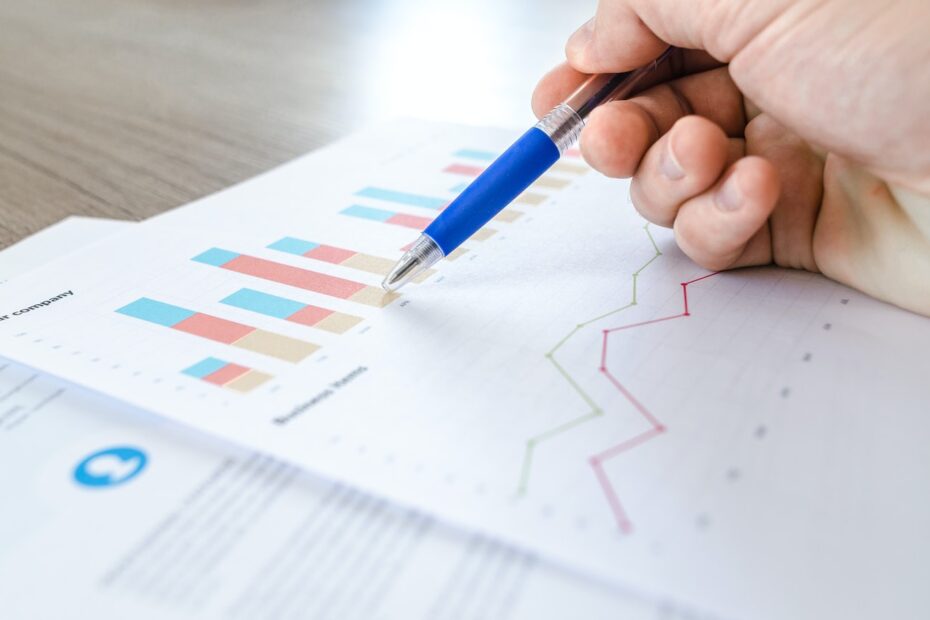Data is being generated at astonishing rates, according to some estimates to the tune of 2 quintillion bytes daily.
As you know businesses look to their data for smart decision making rather than relying on gut feelings.
Despite having access to truly mind-boggling quantities of data, data analysis in business isn’t always that easy.
According to the Harvard Business Review:
72% of executives report that they have yet to forge a data culture.
69% report that they have not created a data-driven organization.
53% state that they are not yet treating data as a business asset.
52% admit that they are not competing on data and analytics.
And, if large businesses are struggling to understand and leverage their data, what does that mean for small- and medium-sized business, who may be lacking the large teams, resources, and tools?
There is a solution.
If you’re not sure where to begin, here are 4 essential tips to keep in mind as you analyze your data:
Get everyone behind the goals
To be successful, you need more than the right business intelligence tools.
You need to set clear attainable goals regarding what you want to achieve, finding the data you need to get there, and loading everyone on board.
Start getting answers to “why” questions, not “what” questions.
Don’t ask:
- How can data make us more money?
Do Ask:
- Which products are most profitable?
- Is there room to raise prices without losing sales?
- Which customers most often buy those products?
- How can you get more customers like them?
Leverage Your Existing Team
The belief that it takes a large team of expert engineers, analysts and scientists hold back many small- medium-sized businesses from implementing analytics. They feel it’s overly complicated and would take too much time.
However, with the right guidance, many on your current team may have skills necessary and desire to start you down this path. They just need the guide.
For instance, do you have an excel expert on board? They could create a spreadsheet that breaks down your sales by customer demographics or shows a side-by-side comparison of all your salespeople. It’s a start
As you’re getting started, there’s a lot that can be discovered with just a few Excel tutorials.
Reporting and Analytics, what are the differences?
Reports:
They help you transform your business by putting what’s occurring into a comprehensible format.
Analytics:
Analytics provide insights into why events occurred the way they did by studying and interpreting data. They provide an in depth understanding of your business, customers, and leads.
These are two sides of the same coin. They complement and complete each other and reduce the amount of guesswork in your business.
Collecting Your Data Sets
It’s important to know what kind of data your business is collecting. Once you have this understanding, you are ready to begin you analytics process.
To help get you started, here are a few questions:
- Where is your data?
- Do you have data stored in legacy systems?
- Can disparate data be connected?
Before you can set your goals, you’ll need to understand your data’s accessibility and limitations.
Another important question:
How clean is your data? The quality of your answers is only as good as the quality of your data.
Check whether data is:
- Duplicated
- Incomplete
- Error filled
Getting Started with Data Analysis in Business – Conclusion
Implementing an analytics program can be a difficult task.
Still, by starting slowly and setting attainable goals, you can start to see analytical insights.
